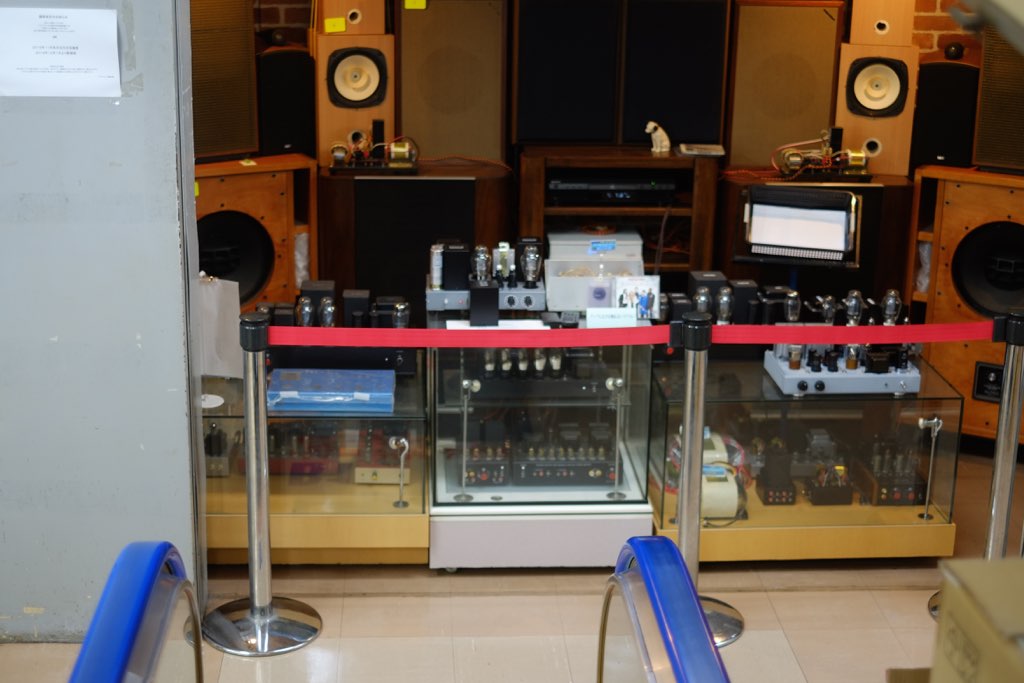Located at the basement of Tokyo Radio Department Store in Akihabara, I was first exposed to their existence in the early 90s through their ads in MJ Audio Technology and Stereo Sound Tube Kingdom magazines.
 |
| MJ 11-1994 |
Back in the 90s they ran 2-page ads for Tamura, Tango and their in-house manufactured transformers.
I was glad to see their store when I visited Tokyo in November 2015. They still had a good stock of Hashimoto, some Tamura and a comprehensive line of their house brand transformers.
 |
| Noguchi + Tamura |
I am speculating that just like everywhere else in the world, the Japanese market for DIY/vacuum tube/single-ended triode amps is also shrinking. This explains why these manufacturers are closing shop, 😞 not to mention the fierce competition from China.
 |
| "mid-price" Finemet OPT ad in MJ 12/2015 |
The Noguchi Finemet models represented their finest quality output transformers.
Even if I stretched my budget a bit, it was a good call that I added a pair of PMF-10WS and PMF-15WS + a single Finemet FM3WS-H and a pair of Finemet FM6WS to my collection. 🙂
Sayonara!
!!UPDATE!!
As posted by "dan" in the comments section below, the entire line of Noguchi is now represented by General Transformer in the same location at Tokyo Radio Department Store in Akihabra.























